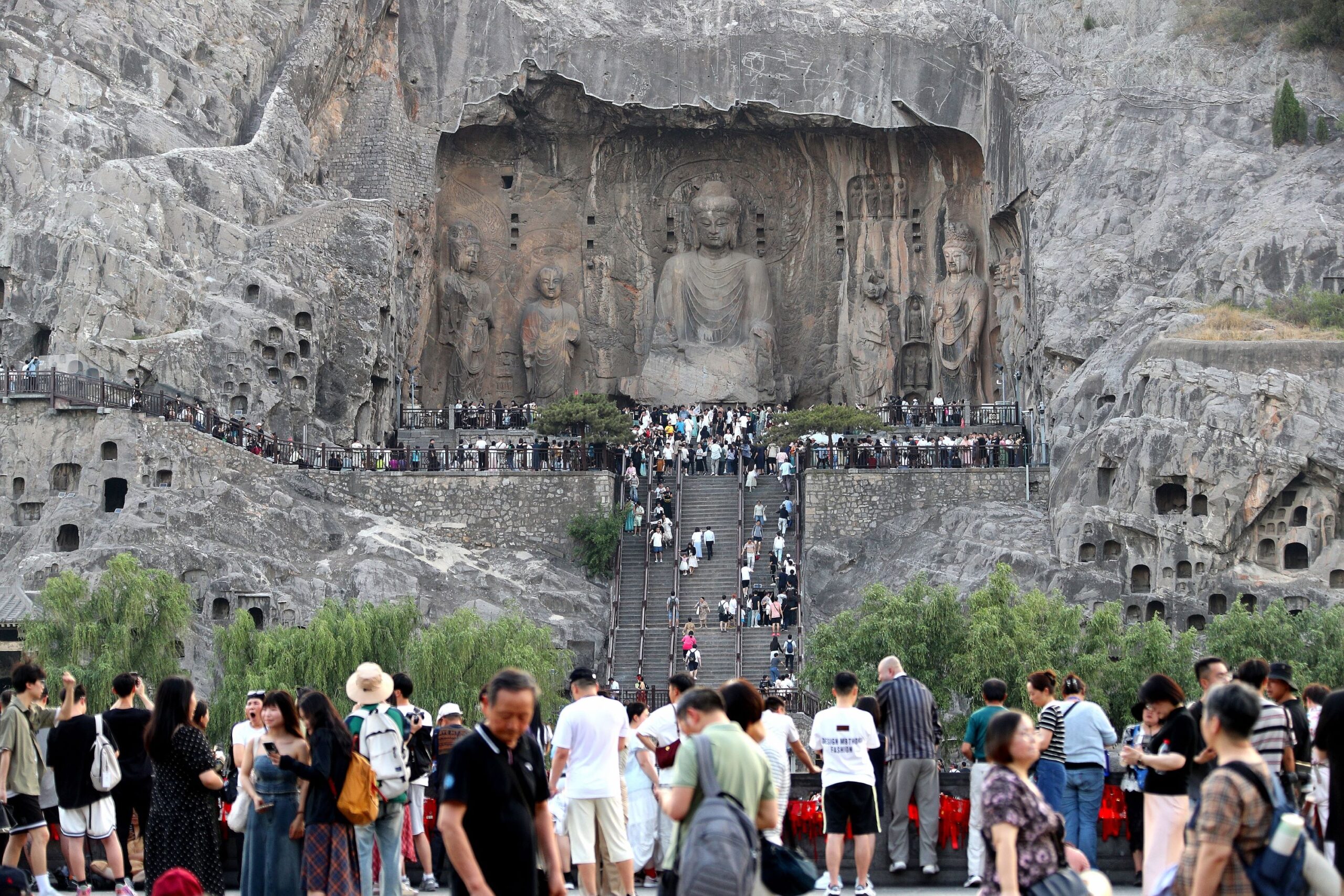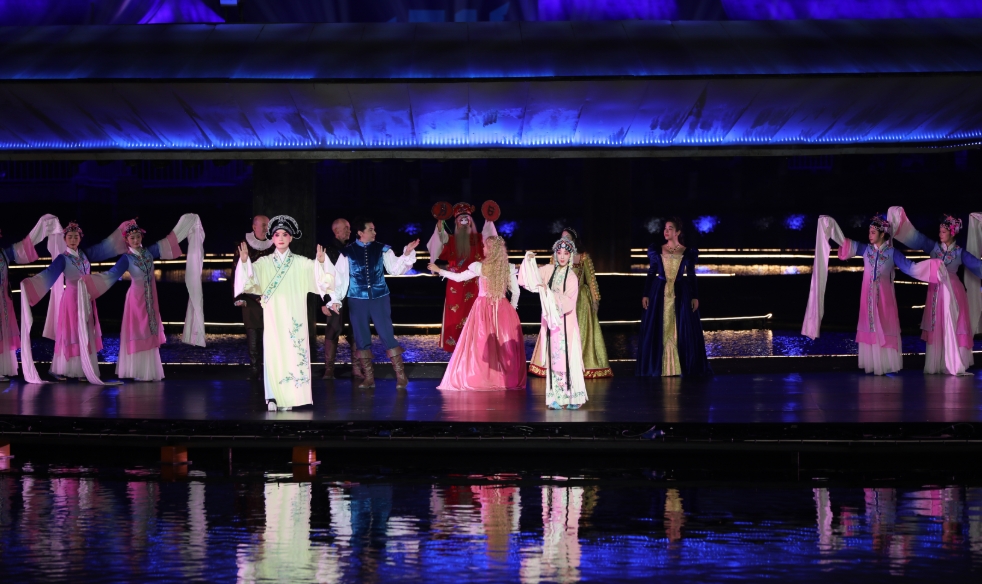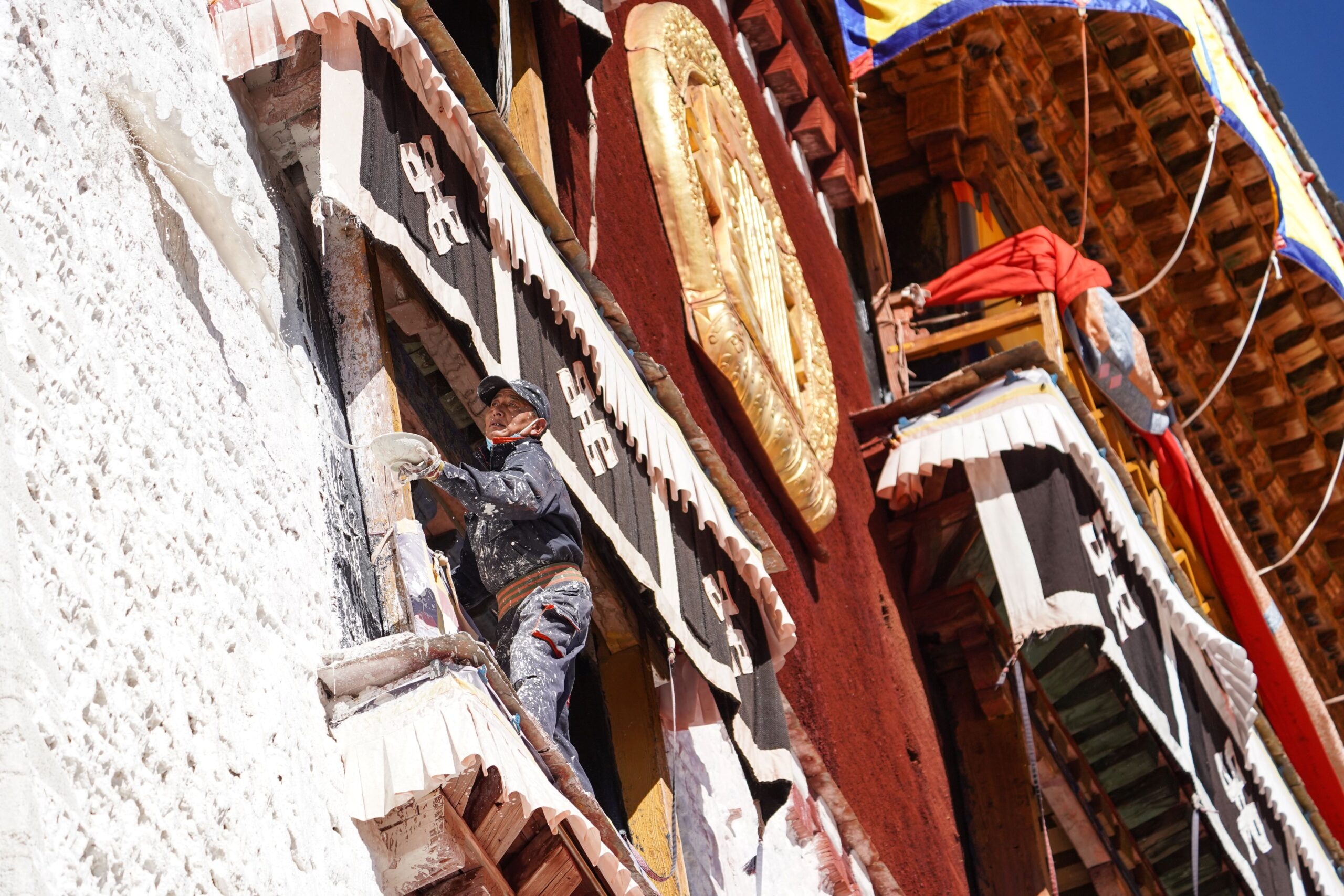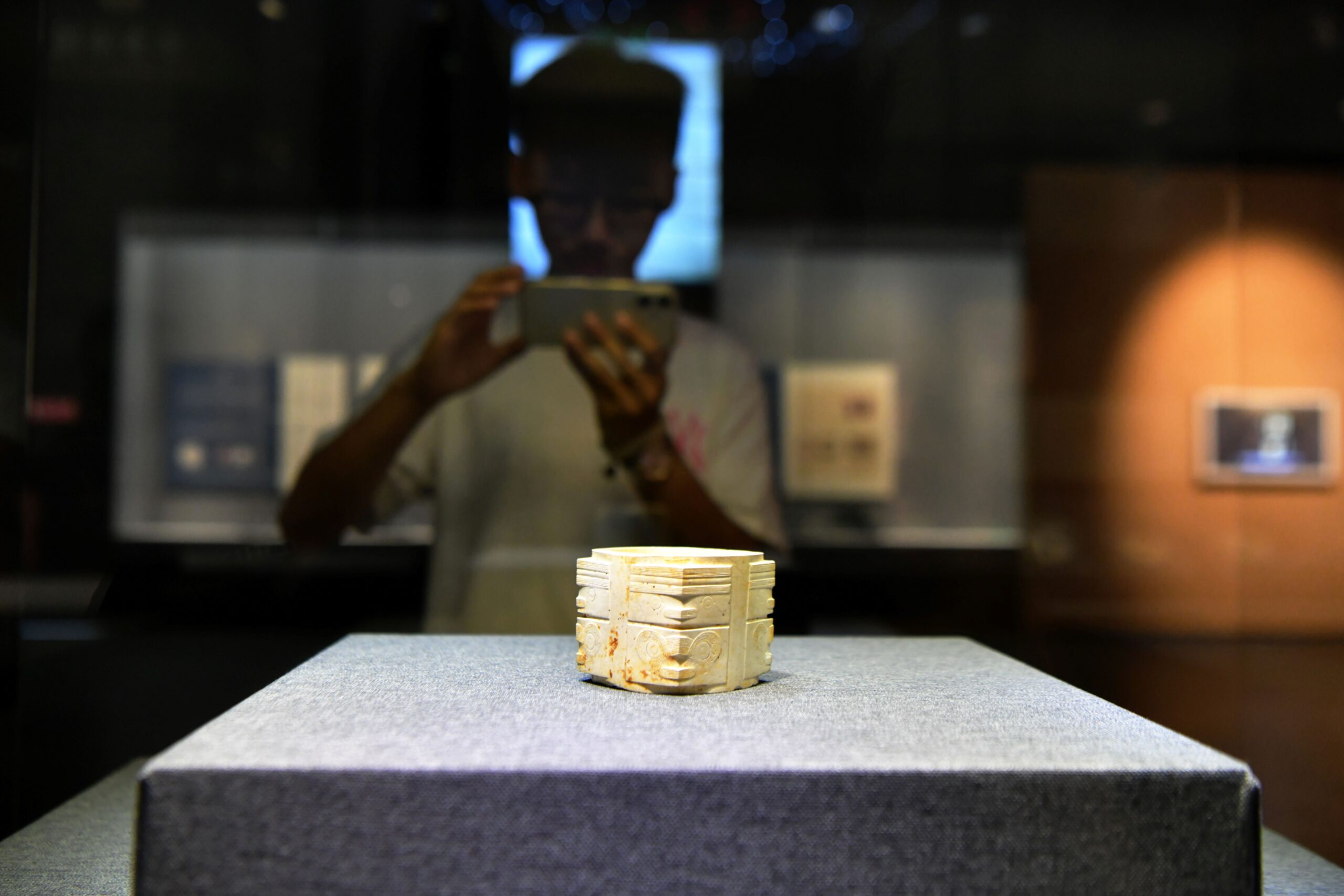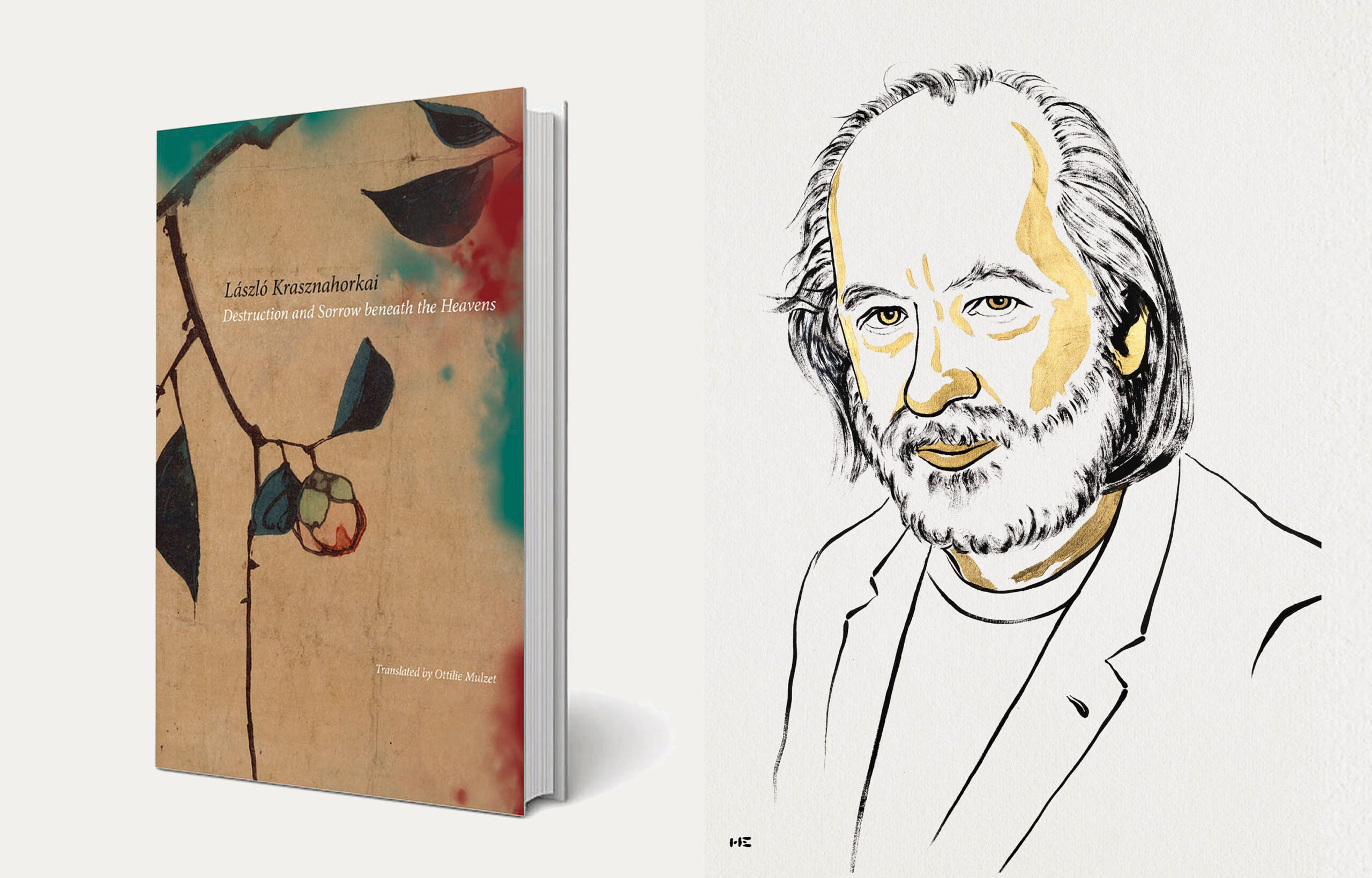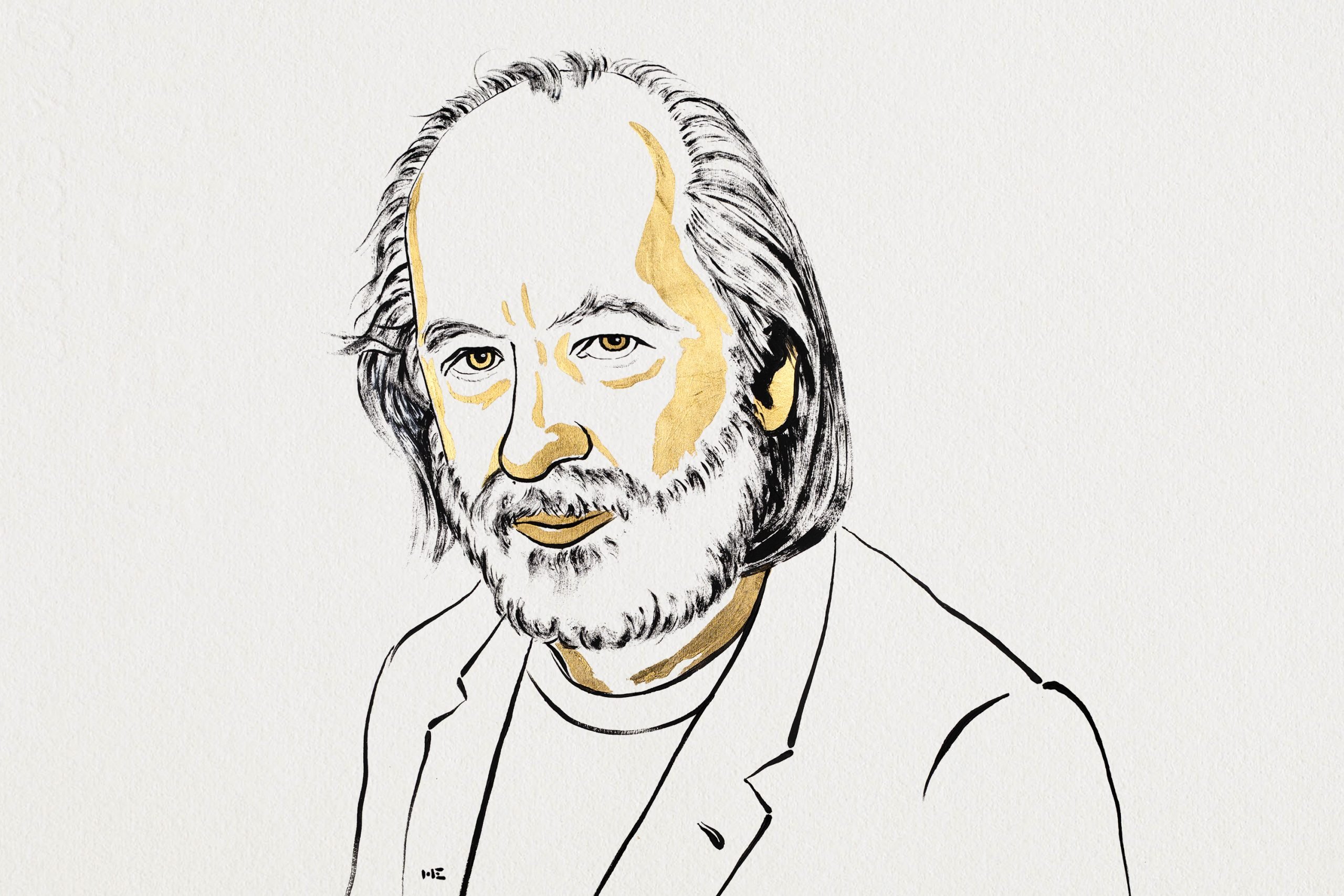Longmen Grottoes blends ancient Buddhist art with modern digital technology to protect and share its cultural heritage worldwide.
In 2024, China’s Longmen Grottoes welcomed over 7.7 million visitors. In early 2025, international arrivals rose more than fourfold. Today, the site is drawing global attention—not just for its ancient beauty, but also for its digital innovation.
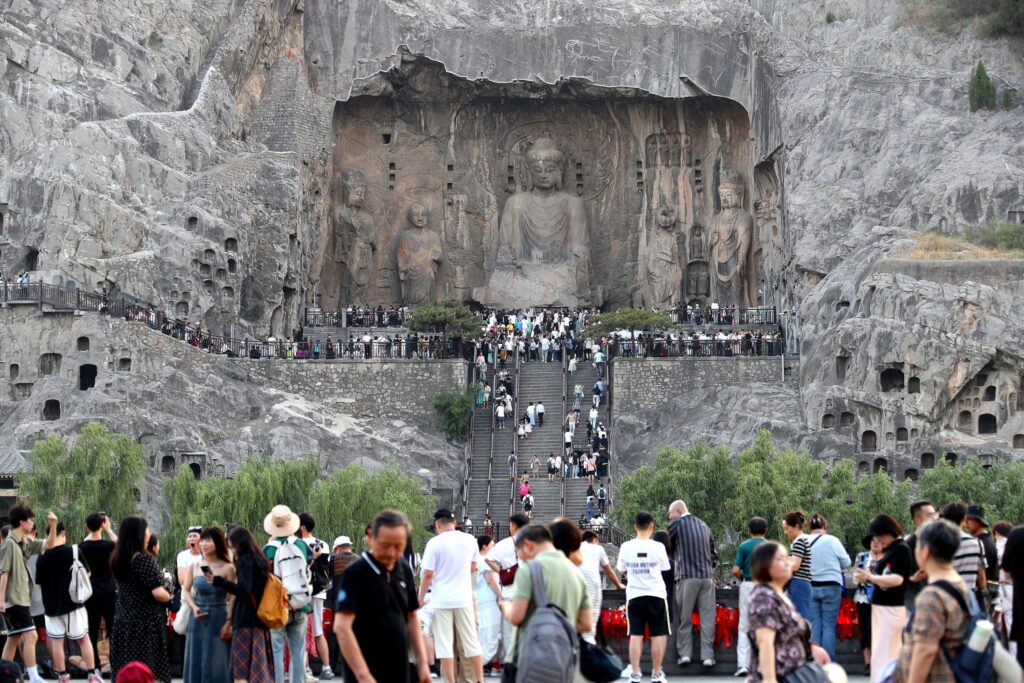
Carved Through Centuries
The Longmen Grottoes, located in Luoyang, Henan Province, were added to the UNESCO World Heritage List in 2000. For centuries, this site has attracted travellers and researchers from around the world.
Carving began in the late 5th century, during the Northern Wei Dynasty, and continued through six more dynasties. Over 500 years, artisans created more than 2,000 caves and 100,000 statues across a one-kilometre cliff face.
Most of the surviving carvings date from the Northern Wei and Tang periods. These eras marked the peak of Buddhist art in China.
UNESCO describes Longmen as home to “the most impressive collection of Chinese art from the late Northern Wei and Tang dynasties. Entirely devoted to Buddhism, these works represent the high point of Chinese stone carving.”

A Digital Revival
In recent years, Longmen has embraced digital technology. The Longmen Grottoes Research Institute uses 3D scanning to record the caves in high detail. Online museums now let global audiences explore the site remotely.
Inside the Wanfo (Ten Thousand Buddhas) Cave, visitors can scan a damaged statue of Guanyin with a smartphone. On screen, a full, restored version appears, along with a short introduction.
The restoration is based on old photographs from the early 20th century. Experts combined 3D modelling, colour analysis, and traditional art techniques. For example, this Guanyin figure is China’s first stone statue restored entirely through digital technology.
A new Longmen Grottoes Museum is under construction. Once completed next year, it will display more treasures from the site and offer a deeper look into its history—both ancient and digital.
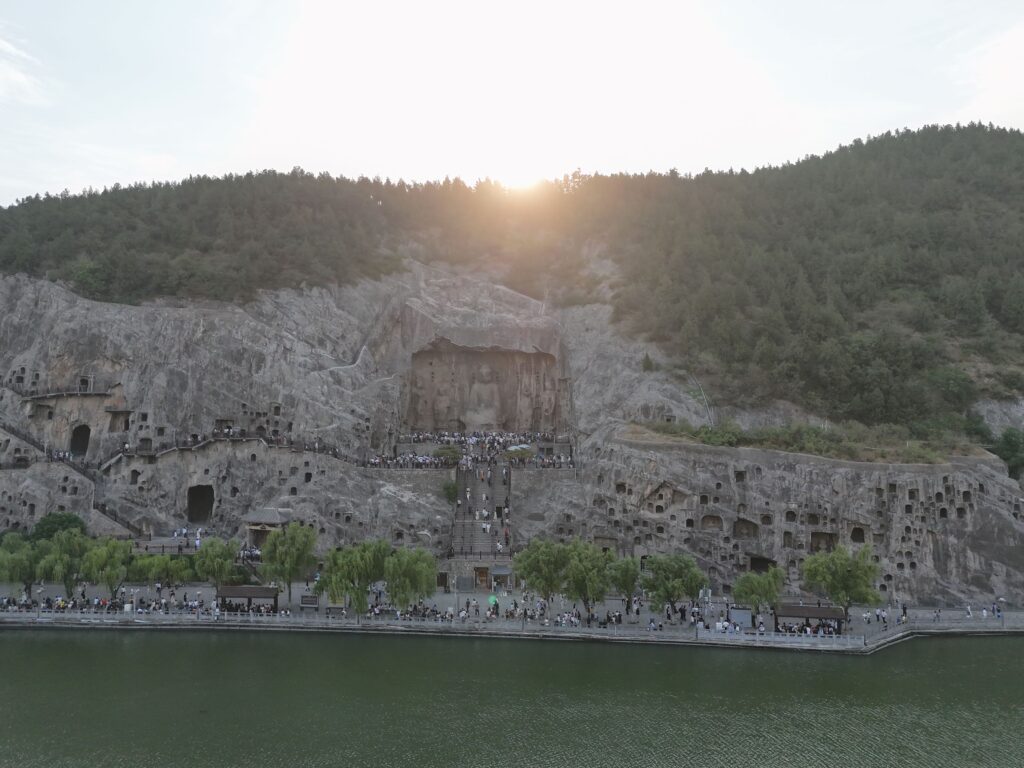
Written by Chen Wang, additional reporting by CNS, People’s Daily.
If you liked this article, why not read: Yiran Duan: Traditional Crafts are a Bridge for Cultural Exchange

